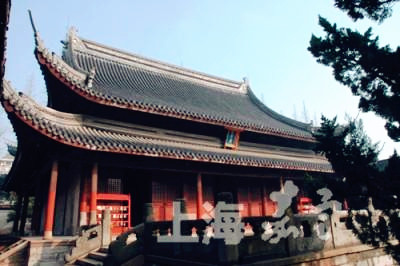 |
Brief introduction to the Shanghai Museum of the Chinese Imperial Examination System: The Chinese imperial examination system, initiated in the first year of the Daye reign of the Sui Dynasty (605) and terminated in the 31st year of the reign of Emperor Guangxu of the Qing Dynasty (1905), was the unique Chinese system to select officials.
The system lasted about 1,300 years, and millions of Juren (first-degree scholar), about 110,000 Jinshi (imperial scholar) and more than 700 Zhuangyuan (champion) were certified under the system. After the Sui and Tang dynasties, the majority of intellectuals in Chinese society had an indissoluble bond with the imperial examination system.
For the purpose of highlighting and researching the history of the imperial examination system, the Jiading district government invested 10 million yuan in 2005 in building the Shanghai Museum of the Imperial Examination System.
The museum, by making use of the natural partition of the ancient architecture of the Confucius Temple, collects and shows more than 1,000 pieces of cultural relics and exhibits related to the imperial examination system.
The exhibits include: the court examination paper written by martial scholar Zhang Bing in the first year of the reign of Emperor Yongzheng of the Qing Dynasty, the court examination paper by imperial scholar Gui Zheng in the 50th year of the reign of Emperor Qianlong of the Qing Dynasty, the examination papers for session 1-3 in the county examinations for South China provinces in the 28th year of Emperor Guangxu of the Qing Dynasty, and cheating tools used by imperial examination sitters such as a linen vest written with clues and a silk cloth written with clues.
Telephone: 86 (21) 59530379
Address: No 183 Nandajie Street, Jiading Town, Jiading District
Ticket Price: 20 yuan

